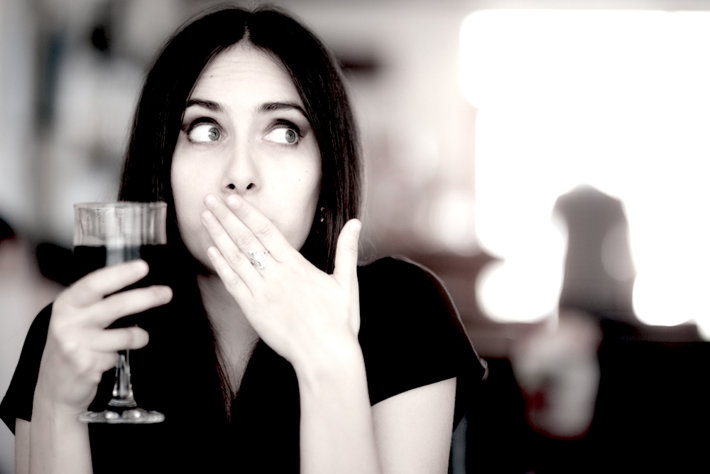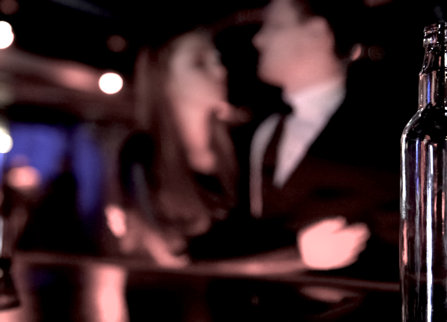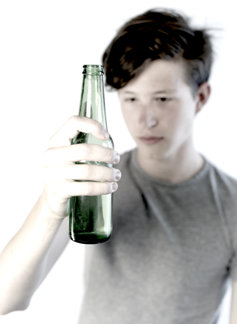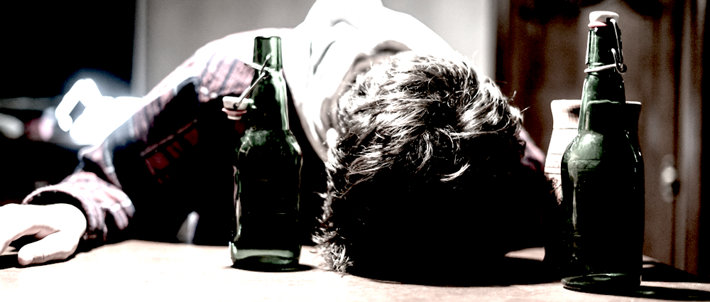What Alcohol Advertisements Won't Ever Tell You

If you watch any kind of cable or broadcast television, you’ve seen ads for alcohol. If you watch sporting events, you’ve seen plenty of them! Just like ads for any other product or service, alcoholic beverage ads alcohol consumption looks pretty attractive.
I reviewed a number of alcohol commercials to assess what kind of message they use to lure customers to their products. Here’s a sampling.
- An extremely beautiful woman professes her sexual preference for other beautiful women, a preference that any bourbon-drinking man would describe as a “tragedy.”

- A pretty married woman plays as being a dominatrix to get various men into her home to do the chores she doesn’t want to do. With the house clean and laundry done, she meets her husband at the door with martinis.
- Four young adult men deceive their spouses about sneaking out to drink spiced rum with each other.
- A well-endowed and beautiful woman turns down offers of sex and diamonds to arrive at an offer of a liqueur.
Then I took a look at commercials from beer manufacturers, ubiquitous sponsors of sporting events.
- A roomful of fit young people get fitter with rather extreme workout techniques. A slightly older guy is cheered on so he will keep up. Everybody drinks beer afterward.
- The ghost of an advertising animal comes back from the dead to convince a young man to go drink beer with his friends.
- A knight on horseback (with the beer logo on his chest) arrives to derail a large medieval battle and then go to a party to drink beer with friends.
- A large number of young people engage in a variety of fitness activities, all singing the same song about loving beer. At the end of their athletic exertions, they all go drink beer together.
The messages are pretty obvious. Drinking hard liquor relates to sex and beer is about hanging out with friends. Light beer has the added message that you can stay fit while you drink it. The Federal Trade Commission sums it up beautifully: “Alcohol ads typically associate a brand with cool, sexy people and a fun activity.”
These alcohol producers certainly hope that their messages will convince people (especially young people who like to party) to consume their products and stay loyal to them. Every year, this industry spends $421 million on advertising to convince people to include alcohol in their lives. Beer brands were the biggest spenders at $357 million.
But what is the real story with alcohol consumption? Is drinking really associated with being cool and sexy and having fun? Let’s check it out.
Who are the Biggest Drinkers?

The fact is that the biggest consumers of alcoholic products are underage drinkers and problem drinkers. According to an analysis done by the Washington Post, half the alcohol consumed each year is drunk by the top 10% of heavy drinkers. These people are drinking an average of 74 drinks per week EACH. The Washington Post worked this out to four bottles of whiskey, 18 bottles of wine or three 24-can cases of beer each week.
The author of this analysis makes a very good point: “If the top decile [that top 10% of drinkers] somehow could be induced to curb their consumption level to that of the next lower group (the ninth decile), then total ethanol sales would fall by 60 percent.”
What industry would want to cut their total sales by 60%? No thanks, they’ll keep advertising their wares to this top 10% of drinkers.
Underage Drinkers
The other group consuming more than their share of alcohol is underage drinkers. This group is particularly endangered because they may lack the experience, understanding or maturity to recognize the problem and curb their own consumption. According to the Centers for Disease Control and Prevention, excessive drinking contributes to more than 4,300 deaths among underage drinkers in the U.S. alone.
When you consider all the alcohol drunk by underage customers, consider this: More than 90% of that alcohol is being consumed by binge drinkers. A binge drinker is not savoring a glass of scotch or a fine wine. They are drinking to get intoxicated. They are drinking five or more drinks in a sitting if they are male and four or more if they are female.
The CDC also listed other effects of underage drinking:
- Injuries from traffic accidents, falls, burns or drownings.
- Suicides, assaults, fighting and sexual assaults
- Lowered performance in school or on the job
- Risky sexual behaviors and their repercussions
- Death from alcohol poisoning
The Health Effects

What are the possible health effects of all this binge or heavy drinking? Alcohol is a toxin and a carcinogen (cancer-causing substance) and the health risks of a heavy or continuous diet of alcohol can be devastating.
Factually, there are too many health risks to list here because alcohol is a direct cause or contributing factor for more than 200 health conditions. I’ll just make a quick overview of the risks.
The World Health Organization notes that globally, more than three million deaths each year can be attributed to alcohol use. What do these people die from?
- 28.7% alcohol-related injuries (including fatal traffic incidents)
- 21.3% digestive diseases
- 19% cardiovascular diseases
- 12.9% due to infectious diseases (such as tuberculosis, HIV, hepatitis)
- 12.6% due to cancers
Among the diseases, cirrhosis of the liver is the biggest killer, followed by pharynx, lip or oral cancer and pancreatitis. Other types of cancer connected with alcohol consumption include larynx, esophageal, colon, rectum, liver and breast cancers.
Alcohol use and alcoholism are also closely associated with an increased risk of suicide.
When you stand back and look at this situation, it certainly appears that alcoholic beverage companies are willing to lure people into consumption that risks their health and their life, especially underage and excessive drinkers. When someone you care about is damaged by their excessive alcohol use—and who doesn’t know someone in this category?—it’s hard to feel friendly toward these companies and their obvious motivations.


 ®
®